Government Initiatives and Funding
Government initiatives aimed at improving healthcare access and quality are playing a crucial role in the Arteriovenous Fistula Needle Market. Various countries are implementing policies to enhance renal care services, which include funding for dialysis treatments and the promotion of arteriovenous fistula creation as the preferred access method for hemodialysis. Such initiatives not only increase awareness about kidney health but also drive the demand for arteriovenous fistula needles. For instance, funding programs that support the establishment of dialysis centers in underserved areas are likely to boost the market. This supportive regulatory environment is expected to foster growth and innovation within the Arteriovenous Fistula Needle Market.
Increasing Prevalence of Kidney Diseases
The rising incidence of chronic kidney diseases (CKD) is a primary driver for the Arteriovenous Fistula Needle Market. As the global population ages, the prevalence of conditions such as diabetes and hypertension, which are significant risk factors for CKD, continues to escalate. According to recent data, approximately 10% of the population is affected by CKD, leading to a growing demand for dialysis treatments. This surge in demand necessitates the use of arteriovenous fistula needles, which are essential for effective dialysis procedures. Consequently, healthcare providers are increasingly investing in advanced needle technologies to enhance patient outcomes, thereby propelling the growth of the Arteriovenous Fistula Needle Market.
Rising Demand for Home Dialysis Solutions
The increasing preference for home dialysis solutions is reshaping the Arteriovenous Fistula Needle Market. Patients are increasingly opting for home-based treatments due to the convenience and flexibility they offer. This trend is further supported by advancements in telehealth and remote monitoring technologies, which facilitate effective management of home dialysis. As a result, there is a growing need for arteriovenous fistula needles that are specifically designed for home use, ensuring safety and ease of application. Market data suggests that the home dialysis segment is expected to grow at a compound annual growth rate (CAGR) of over 8% in the coming years, highlighting the potential for manufacturers to innovate and cater to this emerging demand within the Arteriovenous Fistula Needle Market.
Technological Innovations in Needle Design
Technological advancements in needle design are significantly influencing the Arteriovenous Fistula Needle Market. Innovations such as the development of needles with improved biocompatibility and reduced pain perception are becoming more prevalent. These advancements not only enhance patient comfort but also improve the efficiency of dialysis procedures. For instance, the introduction of safety-engineered needles has been shown to reduce the risk of needlestick injuries among healthcare professionals. As a result, the market is witnessing a shift towards these innovative products, which are expected to capture a larger share of the Arteriovenous Fistula Needle Market. The integration of smart technologies, such as sensors for real-time monitoring, further indicates a promising future for this sector.
Growing Awareness and Education on Kidney Health
The rising awareness and education regarding kidney health are significantly impacting the Arteriovenous Fistula Needle Market. Campaigns aimed at educating the public about the importance of early detection and management of kidney diseases are gaining traction. As individuals become more informed about the risks associated with kidney conditions, there is a corresponding increase in the demand for effective treatment options, including dialysis. This heightened awareness is likely to lead to an increase in the number of patients requiring arteriovenous fistula needles for their treatment. Furthermore, healthcare providers are increasingly focusing on patient education, which is expected to further drive the growth of the Arteriovenous Fistula Needle Market.


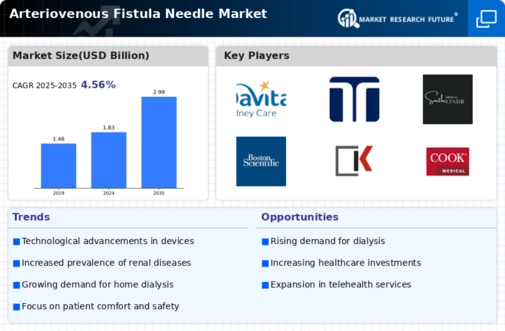
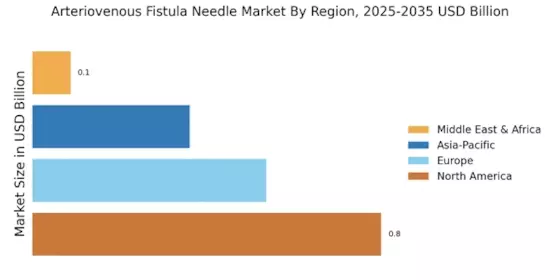
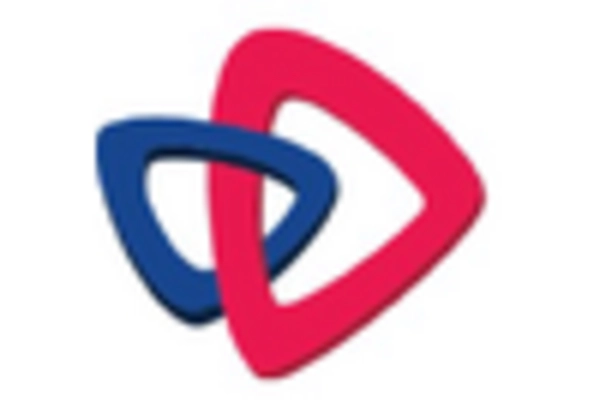

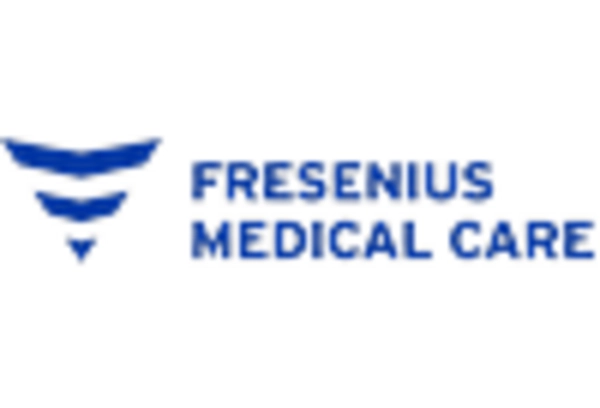

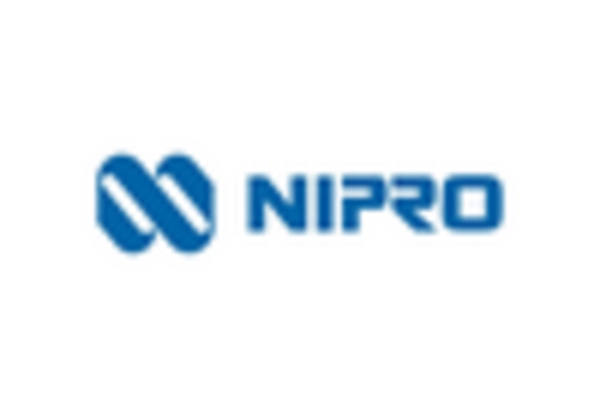









Leave a Comment